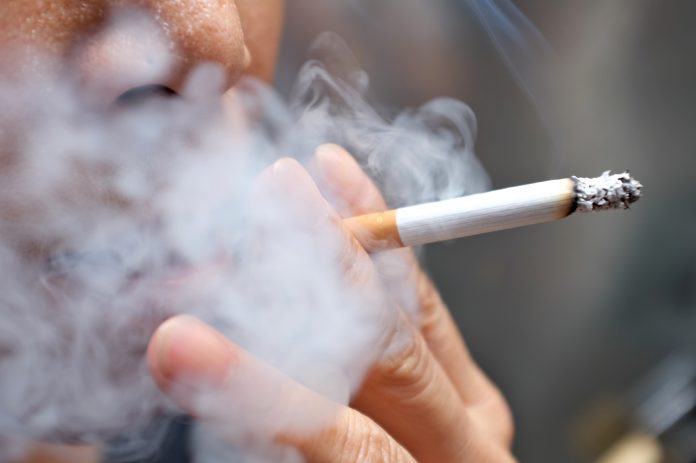Secondhand smoking has been recognised as a health hazard with links to cancer. Now researchers are focusing on thirdhand smoke, where harmful tobacco residues linger on surfaces such as furniture, walls and floors
In the study published in the Journal of Exposure Science and Environmental Epidemiology, researchers highlight the dangers of thirdhand smoke, revealing the alarming presence of toxic tobacco by-products on surfaces in smoking households that children live in.
The danger of thirdhand smoking
Lead author Ashley Merianos, a tobacco researcher at the University of Cincinnati, said the study delved into the homes of children, revealing distressing results.
Nicotine was found on surfaces in all of the children’s homes, suggesting widespread contamination. Something even more concerning was the detection of a tobacco-specific carcinogen, known as NNK, in nearly half of the homes.
NNK is considered the most powerful carcinogen for tobacco-induced cancer, heightening the health risks associated with thirdhand smoke exposure for children.
The study revealed a connection between income levels and NNK and nicotine on home surfaces. Children living in lower-income households exhibited higher levels of these harmful substances, highlighting the disproportionate impact on vulnerable populations.
The study also revealed that homes that did not implement an indoor smoking ban displayed higher levels of NNK and nicotine found on surfaces.
Does implementing a smoking ban have an impact?
Homes with an indoor smoking ban still need further protection. NNK and nicotine were still detected on surfaces, emphasising the tenacity of thirdhand smoke pollutants even in supposedly smoke-free environments.
Ashley Merianos emphasised the critical importance of these findings. “This research highlights that home smoking bans do not fully protect children and their families from the dangers of tobacco,” she warned.
The persistence of NNK and nicotine on surfaces and in vacuumed dust revealed that these areas serve as reservoirs and sources of thirdhand smoke exposure for children.
“home smoking bans do not fully protect children and their families from the dangers of tobacco”
Measures to migrate thirdhand smoking exposure
The study emphasised the need for comprehensive measures to address the issue beyond relying solely on indoor smoking bans.
Merianos called attention to the need for heightened awareness. She stressed that NNK and nicotine were powerful carcinogens, demanding urgent attention to protect the health of children and families.
As this research prompts a reevaluation of strategies to mitigate thirdhand smoke exposure, advocates and policymakers are urged to consider the implications for public health, especially among vulnerable populations. The study serves as a wake-up call, prompting a collective effort to safeguard the well-being of children in smoking households.











